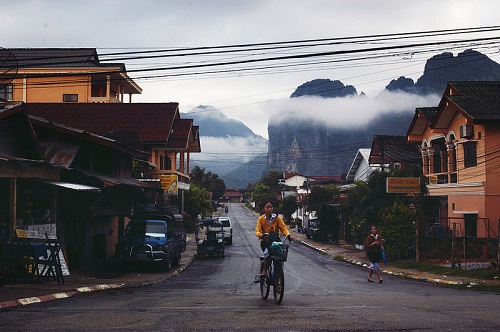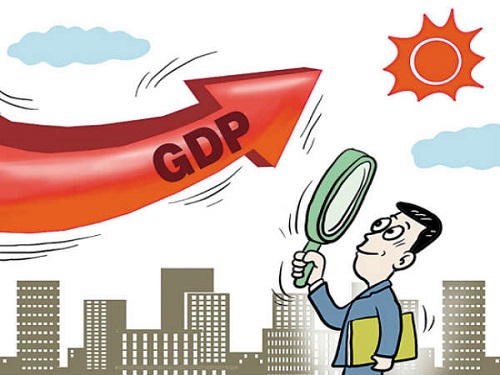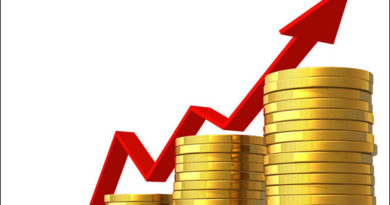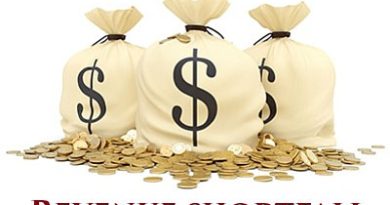Laos In Need Of Massive Capital Injection To Drive Economic Growth
Source: Vientiane Times
Economists warn that Laos will need to take a proactive approach to attract foreign direct investment if the country is to sustain economic growth of 7.5 percent annually over the next five years.
According to a recent government report, Laos will need about 223 trillion kip (US$27 billion), equal to 30 percent of Gross Domestic Product (GDP), over the period 2016-20 in order to spur economic growth.
Of this amount, at least 54 percent will be sourced from both domestic and foreign investment, notably in the area of hydropower, development of special and specific economic zones, the processing industry, and tourism.
About 9-11 percent of investment funding will come from the state, mainly for infrastructure development such as the construction of roads, schools, irrigation and water supply.
The rest will be sourced from Official Development Assistance and the banking sector.
A senior economist at the National Economic Research Institute, Dr Leeber Leebouapao, told Vientiane Times on Thursday “Our country has set an ambitious goal to source US$27 billion to boost economic growth and alleviate poverty.”
“This figure is a huge amount of capital but if construction of the Laos-China railway gets underway soon, this goal could be realised. Another significant thing is that we need to take a proactive approach in attracting investment into the country,” he added.
Laos has been affected by the global economic slowdown. Declining demand around the world has driven down the price of commodities like mining ores and rubber, key exports that generate important income for Laos.
Worse still, most rubber farmers are struggling to survive because of the slump in the price of rubber on the world market.
Laos mainly exports rubber to China but it currently sells for just 5,000 kip per kilogramme, down from 9,000 kip in 2012 and 17,000 kip in 2008.
The value of the investment sector has also declined in recent years so further improvement of the investment climate is required to entice foreign companies to Laos.
The economy is projected to grow at a rate of 6.9 percent this year, lower than the government’s target of 7.5 percent annually from 2016 to 2020.
But, Dr Leeber said, because Laos is part of the Asean Economic Community, many investors will increasingly be interested in doing businesses here and exporting to the rest of the region.
“The sectors involved will need to work harder to facilitate business taking into account the needs of entrepreneurs,” he said.
Critics say one of the most important things is to reduce the time taken to approve investment projects.
Over the past 10 years, Laos has been among countries in the region that have witnessed fast economic growth driven mainly by the inflow of foreign investment in the resource sector.
Between 2001 and 2010, economic growth was recorded at an average of 7.1 percent annually, rising to 8.2 percent annually from 2011 and 2013 before declining to 7.5 percent more recently.




